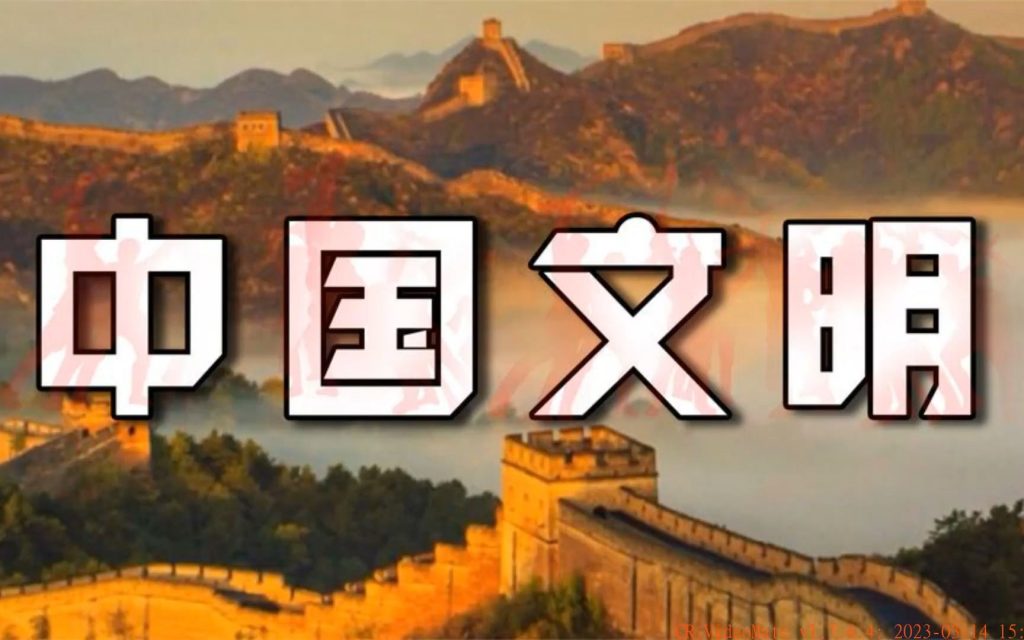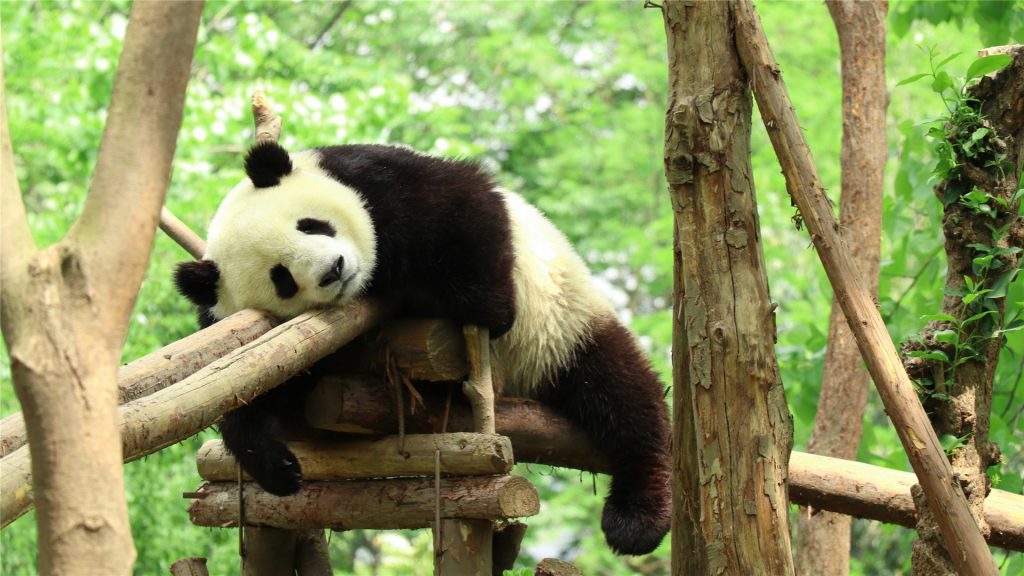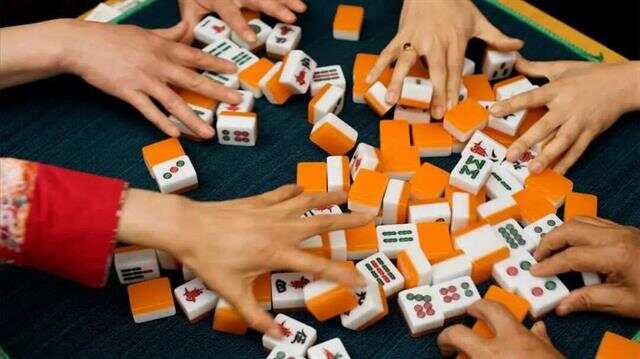
China has a 5,000-year-old civilization. This statement not only contains profound historical and cultural heritage, but also reflects the long-standing historical heritage of the Chinese nation. The following is a detailed explanation of this statement, with a content of about 2,500 words.
- The starting point and basis of historical chronology
There are many statements in history about the starting point of China’s 5,000-year-old civilization, but the more scientific and widely accepted one is that it starts from the Xia Dynasty. According to the conclusion of the “Xia, Shang and Zhou Chronology Project”, the Xia Dynasty began in 2070 BC. However, to trace back to earlier history, we still need to rely on the dual evidence of archaeology and history.
Archaeological discoveries:
Erlitou Site in Henan: about 3,800-3,500 years ago, it is one of the symbols of ancient Chinese civilization recognized by Chinese and foreign academic circles. The excavation of the site revealed the social structure and cultural features of the late Xia Dynasty, providing important physical evidence for the existence of the Xia Dynasty.
Liangzhu Ancient City Site: It was listed as a World Heritage Site by UNESCO in 2019, indicating that the international community has recognized that China’s ancient civilization has been 5,000 years old so far. Liangzhu culture, with its exquisite jade, developed rice farming and complex social structure, demonstrates the brilliant achievements of Chinese civilization in the late Neolithic period.
Historical records:
Ancient books such as “Historical Records”: Although the history before the Xia Dynasty is mostly legends and myths, the records of the Xia Dynasty in ancient books such as “Historical Records” provide us with valuable historical clues. Sima Qian recorded the lineage and major events of the Xia Dynasty in detail in “Historical Records”, providing an important basis for later studies of the history of the Xia Dynasty.
The beginning of the exact chronology: The exact chronology in Chinese history began in the first year of the Republic of my country in the Western Zhou Dynasty (841 BC). In this year, King Li of Zhou was driven out of power and co-governed by Duke Zhao of Zhou, which was called “the first year of the Republic”. Since then, China has had uninterrupted and systematic historical records.
2.Calculation and definition of civilization history
The emergence of writing:
One of the important signs of civilization history is the emergence of writing. The oldest Chinese writing is the oracle bone script of the Shang Dynasty, which began between 1300 BC and 2500 BC. However, the buds of writing may have been earlier, such as the primitive writing (pottery writing) engraved on pottery found at the Dawenkou site in Shandong, dating from about 3000 BC to 2500 BC. Although these characters have not yet formed a complete writing system, they have the basic characteristics of writing.
The formation of written history:
Starting from the Xia Dynasty, China gradually formed a relatively complete written history. The lineage and major events of the Xia Dynasty are recorded in detail in ancient books such as “Historical Records”. Although these records may be mixed with the imagination and processing of later generations, they generally reflect the true face of the Xia Dynasty society.
During the Shang Dynasty and the Western Zhou Dynasty, with the widespread use of oracle bone inscriptions and bronze inscriptions, China’s historical records became more systematic and complete. These characters record the political, economic, cultural and other aspects of the society at that time, providing us with valuable information for understanding ancient civilization.
The formation of a diverse and unified nation:
The formation of ancient Chinese civilization is a process of diversity and unity. From ancient times to the pre-Qin period, the various ethnic groups, such as the Xia, the Dongyi, the Xirong, the Nanman, and the Beidi, jointly created Chinese civilization. After the feudal system and rituals in the early Zhou Dynasty and the ethnic integration in the Spring and Autumn Period and the Warring States Period, the Huaxia people gradually formed and developed. Since the Han Dynasty, with the Han nationality as the main body, the integration and exchanges between ethnic groups have continued to deepen, and finally formed a diverse and unified Chinese nation.
- Characteristics and contributions of Chinese civilization
Long history:
China is one of the oldest ancient civilizations in the world. It has a history of more than 4,000 years since the Xia Dynasty, and it can be as long as 5,000 years if it is counted from the broader origin of civilization. This long history has provided a deep accumulation and broad space for the development of Chinese civilization.
The writing has never been interrupted:
China’s ancient writing originated from clay carvings, painted symbols, and jade, stone, and bone carvings. By the Shang Dynasty, the oracle bone script had initially formed a relatively mature and complete writing system characterized by square characters. After that, it evolved through the evolution of bronze inscriptions, small seal scripts, and even official, cursive, regular, and running scripts, and finally developed into today’s writing system. This continuous inheritance of writing provides an important guarantee for the continuation of Chinese civilization.
Historical records are passed down in an orderly manner:
China’s history with accurate chronology began in the first year of the Republic of China in the Western Zhou Dynasty (841 BC). Since then, all dynasties have attached importance to historical records and archive preservation, forming a rich and diverse historical document system such as official history, records, local chronicles, and genealogies. These documents not only record the political, economic, and cultural conditions of the society at that time, but also provide us with valuable first-hand information for understanding ancient civilization.
Cultural inheritance:
Chinese civilization has a cultural tradition that is inherited from the same source. From the Shang people’s worship of gods to Zhou Gong’s rituals and music to the rise and development of Confucian culture, Chinese culture has gradually formed a Chinese civilization with Confucian culture as its main body through the process of competition, mutual promotion, mutual restraint and mutual generation of hundreds of schools of thought in each generation.







